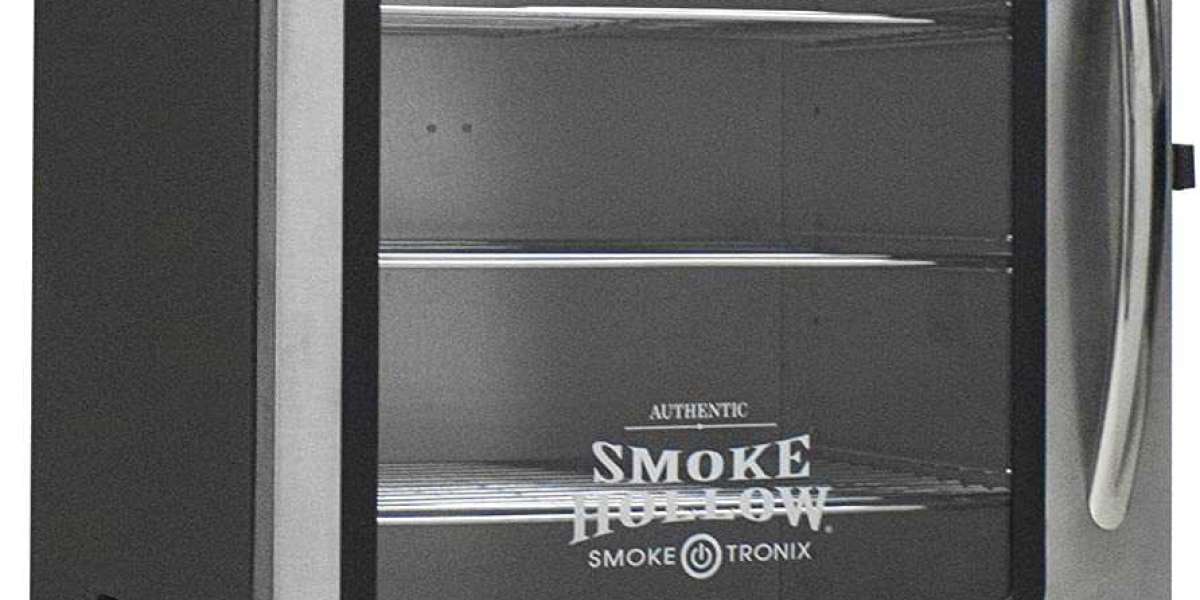"Roughly 8 million to 13 million foreclosures are expected over the next five years, according to the Congressional Oversight Panel for the $700 billion bank-bailout program." reported in Market Watch about the status of the Obama foreclosure bailout.
As the country teeters on the razor edge of some semblance of recovery, this news makes one wonder what is really happening in the mortgage meltdown and subsequent bailout. The servicers for the banks insist it is the borrowers fault for not returning the proper documents on time.
Assistant Secretary of the Treasury Michael Barr agrees that there is a documentation issue; however, it is on the side of the servicers, not the borrower.
"Over time, as loan servicers get their systems better in shape, we'll see improvements in conversion into permanent modifications," said Assistant Secretary of the Treasury Michael Barr in an interview with reporters. "We need to pick up the amount of permanent modifications, which we believe is mostly an issue of documentation, not people not meeting their qualifications" (Market Watch).
In the meantime, desperate, qualified borrowers work (often more than a year) sending and resending documents to servicers over and over. Much of the time the only response a borrower receives from the servicer is a voice on the phone-- outside the US-- to send more documentation because they "never received it"...again. Borrowers then run out of time, money and hope as the lending industry takes their house and then blames the borrower for not being responsive.
Here are the concerns and facts currently out there-
Homeowners eligible for the HAMP program may be steered into private modifications from lenders that are outside of HAMP and in the favor of lenders.
According to Business Week in 2009, "the number of foreclosed homes in the U.S. last year increased to a record 2.8 million",
HAMP was supposed to help up to four million borrowers reduce monthly mortgage payments. The program is scheduled to go on through 2012.
As of January 2010, according to Market Watch only 112,521 permanent modifications were granted. If 2.8 million people were foreclosed on last year and 112, 512 were modified--That is a success rate of meager 4% of its potential in 2009.
The talk of the illusive "shadow inventory" lurking in the wings unaccounted for in the current inventory may make 2009 foreclosure rate look good.
This "shadow inventory" comes in four categories and makes up most of the 13 million figure:
The first, are homes that are foreclosed, owned by the banks, sitting vacant and not for sale. Often the banks fail to keep these homes up leaving them to vagrants, gangs, and blight on cities. It is in the bank's interest to keep homes out of the market place as a way to control supply and demand. The cities and citizens pay the price of these absent landlords.
The second category in the shadow inventory--loans that are scheduled to reset in the near future with potentially higher payments. These are "A paper loans", not sub-prime, that had a five to seven year fixed rate.
The pitch to borrowers refinancing at the time was, "Just refinance now at a lower interest rate, take some cash out to fix the house, buy a car, send the kid to college, keep American economy strong in the wake of 9-11...and before the loan resets you just simply refinance". Easier said-than-done since approximately 33% of American homes are worth less than the amount owed on them.
"By 2011, nearly half of U.S. homeowners will owe more than what their house is worth" according to NBC San Diego.
The third category to the shadow inventory are homes that the "lucky homeowner" gets to stay in after they are foreclosed on, all the while paying rent to the institution that will eventually kick them out when it is time to sell. These homes fall under the "deed for lease" program Fannie Mae has embraced with other lenders weighing in on this option.
The fourth category is homes where the borrowers have stopped making payments and should be in foreclosure, but the servicers have yet to complete the process.
One proposal that might have helped over a million homeowners was the "Cramdown" where a deed or mortgage "balance is written down in bankruptcy to the value of the collateral, and the excess is added to the unsecured creditor claims" as reported by nakedcapitalism.com. This form of bankruptcy is used all the time by failing corporations owned by the top 2% with bad hairdos and fat personal wallets who owe staggering amounts of money, file bankruptcy, and simply reorganize.
This is how almost all other unsecured debts are reorganized or discharged in bankruptcy. The Senate crushed legislation giving courts the right to modify a person's primary residence mortgage in bankruptcy.
"The proposed 'cram down' amendment to a housing bill was defeated... in a 51-45 vote, with 12 Democrats among the 51 opponents. The measure needed 60 votes to pass over Republican objections. The House passed its version 234-191 on March 5" as reported by nakedcapitalism.com.
"There is broad agreement that until we begin to stem the tide of foreclosures, you will not get an end to the current crisis" in the economy, Representative Barney Frank, a Massachusetts Democrat and chairman of the House Financial Services Committee, said on the House floor.
Everyone seems to "agree" that the real estate market is the key to the tide turning for the American economy. However, with more than four times the potential number of foreclosures lurking in the shadows in our future than in 2009, one would have to question what that future would look like if the government continues to allow the banking industry to make a mockery of President Obama's administration goals of economic recovery.
Sources:
Ronald D.Orol, Market Watch "Obama modifications help more than 100,000 borrowers"
Peter G. Miller, Yahoo Real estate "How The Shadow Inventory Is Forcing Home Prices Higher"
Vanessa Wong, Business Week "Foreclosures: An Increase of 21% in 2009 and Climbing"
Dawn Kopecki, Bloomberg "Mortgage 'Cram-Down' Bankruptcy Bill May Aid 1 Million in U.S."
Yves Smith, Naked Capitalism "Bankruptcy Cramdown Defeated: Banksters Again Prevail Over Real Economy"
R. STICKNEY, NBC News San Diego "Study: Half American Homes Underwater by 2011"
Search
Popular Posts








